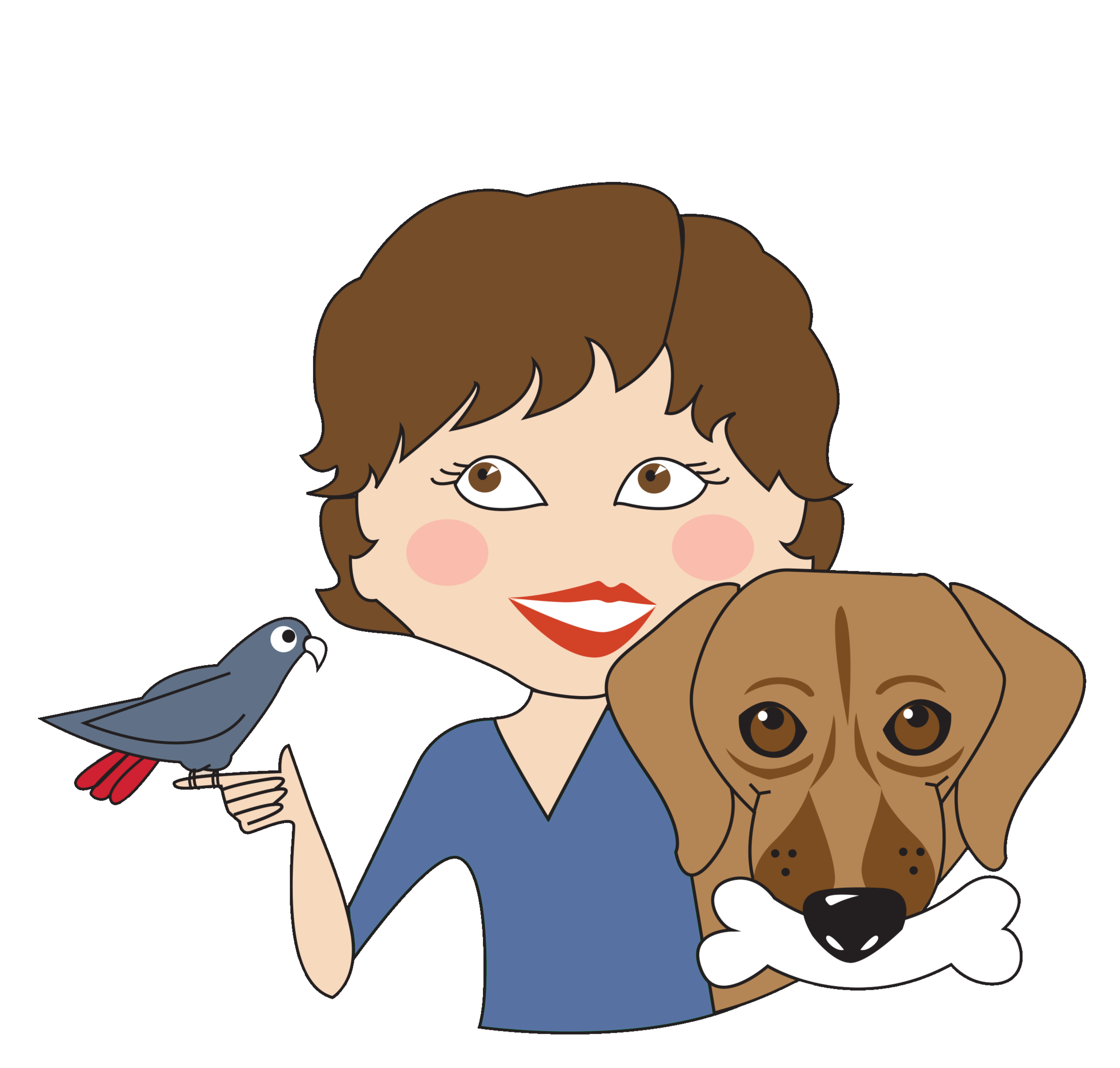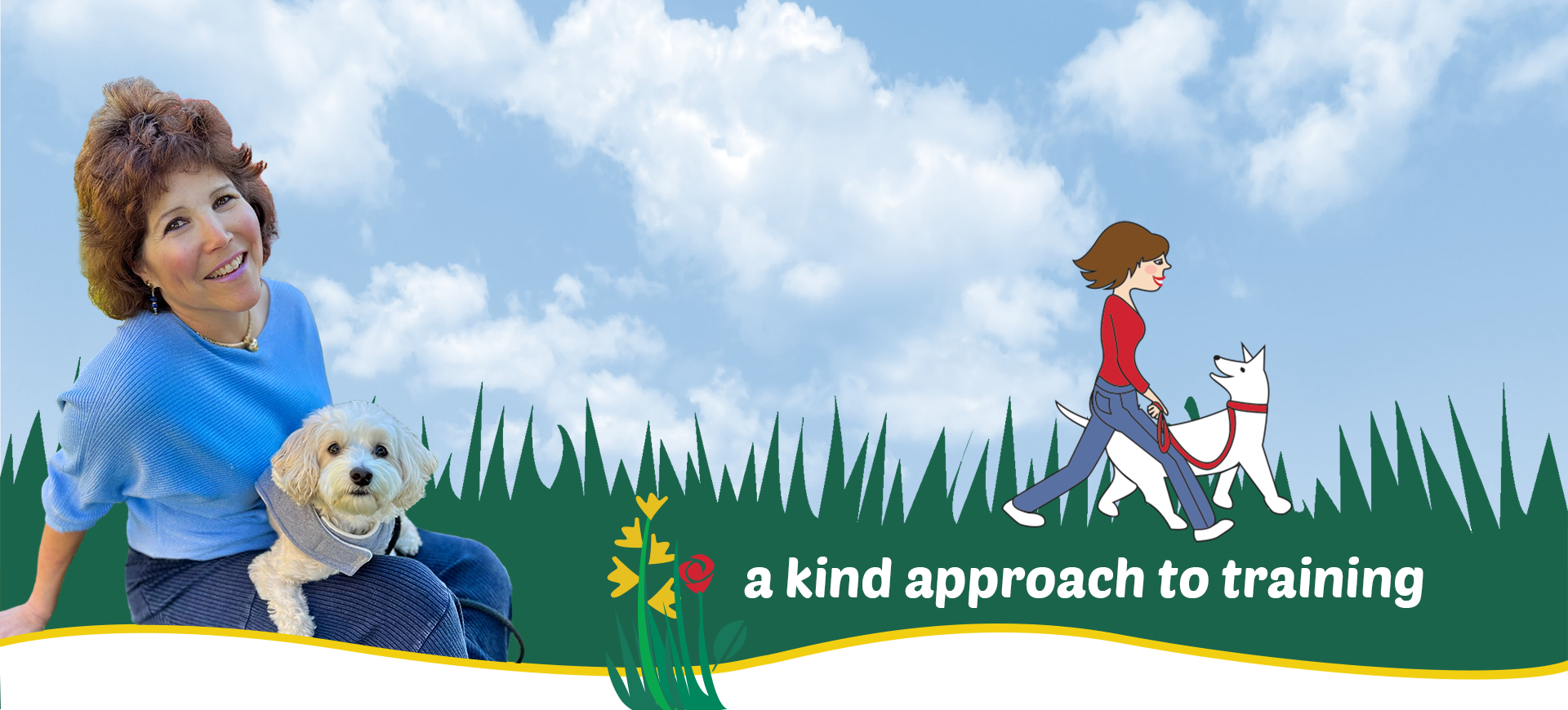The other day, as my client and I (and her dog) were preparing to go outside, I witnessed what I see a lot. And it got me thinking about a lesson for everyone.
 When she pulled out the leash, her dog began barking, then jumping on her, then running side to side. No doubt his heart rate was elevated. When she leaned over to snap the latch onto her dog’s collar, her dog quickly moved backwards and she then moved toward her dog.
When she pulled out the leash, her dog began barking, then jumping on her, then running side to side. No doubt his heart rate was elevated. When she leaned over to snap the latch onto her dog’s collar, her dog quickly moved backwards and she then moved toward her dog.
If it were any other time on any other day, they would have simply followed this up with ultimately attaching the leash, then moving toward and going out the door, as her dog pulled ahead on a taught leash.
It was a string of events my client wanted to change (as well as her dog having similar responses to other stimulus such as new people, new toys, and food) so I demonstrated how to teach her dog a different way of getting his wants met using positive reinforcement.
And here is the point I am wanting to share in this post.
“Oh, you taught him NOT to run away from you,” my client commented.
The word NOT was never even on my radar. Instead, I was focused on training her dog what I wanted him to do instead. I had very specific criteria in mind that I wanted him to do. I wanted him to move toward me when I was holding his leash, and then sit in front of me with his head facing forward, while he maintained loose body muscles.
And, within a couple minutes time, this is exactly what her dog did before I ultimately clipped the leash on his collar, gave him a treat and walked with him on a loose leash to the door…where LOTS of awesome smells and sights awaited!
I bring this up because it is so important when we look at changing behavior in positive ways, that we shift our focus from stopping unwanted behaviors to teaching the behaviors we want to see instead.
We need to realize all behavior serves a function…and that is to get a consequence that is of value to that particular animal. In the case of my client, that chain of ‘excited’ behaviors her dog was exhibiting was being reinforced by the opportunity to go outside! And every time that her dog got practice, her dog was building his reinforcement history.
Strategies that are focused on stopping behaviors tend to be those that are aversive in some way to the learner which can have all kinds of negative ramifications and do little for giving an animal a reason to want to remain in the lesson. They also do not teach the animal what it can do instead to get its wants and needs met. Besides, it just may be that your pet my come to decide that the positive reinforcement it receives from doing the unwanted behavior outweighs the negatives…and, animals will always make choices based upon where the value is for them.
One of those ‘stopping behavior’ strategies may be to simply ignore the dog when it does an unwanted behavior such as attention barking or jumping on people but ignoring alone is often ineffective as it can cause the dog to increase the intensity of its behavior instead. This is called extinction burst. It occurs when reinforcement is suddenly no longer available for a behavior with a history of reinforcing consequences. If, during this time, you finally pay attention to that dog whose bark is beyond tolerable, then guess what? You have just taught your dog to do that more intolerable bark!
I know, this is a long way for making my point but I hope that it gives you thought.
The next time you find yourself frustrated with your pet’s behavior, I challenge you to ask yourself, what can I teach my pet to do instead (using positive reinforcement) that will both serve his wants/needs AND my own.







